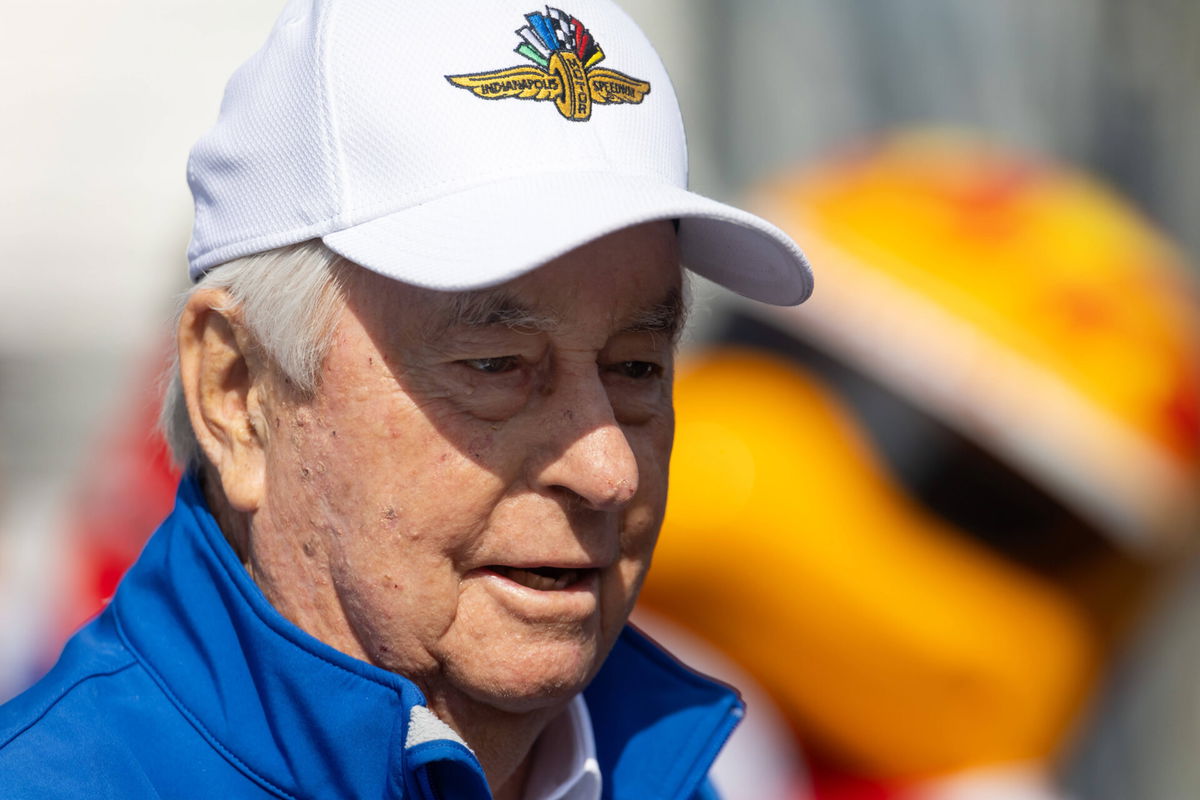
Imago
IndyCar, Indy Car, IRL, USA Legends Day May 24, 2025 Indianapolis, IN, USA IndyCar Series president Roger Penske at the drivers meeting during Legends Day at Indianapolis Motor Speedway. Indianapolis Indianapolis Motor Speedway IN USA, EDITORIAL USE ONLY PUBLICATIONxINxGERxSUIxAUTxONLY Copyright: xMarkxJ.xRebilasx 20250524_mjr_su5_003

Imago
IndyCar, Indy Car, IRL, USA Legends Day May 24, 2025 Indianapolis, IN, USA IndyCar Series president Roger Penske at the drivers meeting during Legends Day at Indianapolis Motor Speedway. Indianapolis Indianapolis Motor Speedway IN USA, EDITORIAL USE ONLY PUBLICATIONxINxGERxSUIxAUTxONLY Copyright: xMarkxJ.xRebilasx 20250524_mjr_su5_003
Austin Cindric, the 26-year-old behind the wheel of Team Penske’s No. 2 Ford Mustang, burst onto the full-time NASCAR Cup Series scene in 2022 with a stunning victory in the Daytona 500, marking his first win just eight starts into his rookie campaign. That triumph, where he held off Bubba Wallace and teammate Ryan Blaney in overtime, solidified his spot as a rising talent under Roger Penske’s banner. Since then, Cindric has navigated the highs and lows of stock car racing’s top tier, blending strategic patience with raw speed. But what keeps him grounded amid the pressure?
Watch What’s Trending Now!
This 2025 season has unfolded steadily for Cindric, with limited fireworks beyond a hard-fought win at Talladega Superspeedway in April, edging out Ryan Preece by a razor-thin 0.022 seconds to lock in his playoff berth. That victory propelled him into the top 16, and after a gritty run to 12th at Darlington’s Cook Out Southern 500, he now sits ninth in the standings with a +12 cushion above the cutline. It’s a position built on consistency rather than dominance, especially at a track known for chewing up even the best-prepared teams. Yet, could an overlooked edge have turned this solid finish into something more meaningful?
ADVERTISEMENT
Austin Cindric’s invisible edge at Darlington
In a post-race chat captured by TSJ Sports’ Peter Stratta, Austin Cindric opened up about his mindset during the grueling Cook Out Southern 500 at Darlington Raceway, where staying under the radar proved key to his playoff boost. “Yeah, I feel like someone invisible, which is good for this round, so, no, I’m happy with the effort for the most part,” Cindric shared, highlighting how blending into the pack allowed him to capitalize on others’ misfortunes without drawing unnecessary battles.
.@AustinCindric says he was thankful to be invisible tonight and gain 10 points on the Playoff cut line.
The Penske 2 was 12th and heads to @WWTRaceway as the defending winner there. #CookOutSouthern500 #NASCAR pic.twitter.com/rjswkVOo3Y
ADVERTISEMENT
— Peter Stratta (@peterstratta) September 1, 2025
This underdog approach stemmed from early setbacks, a rough pit stop, and getting shuffled in stage two, which dropped him into the 20s, forcing a reset. But adjustments to his No. 2 Ford helped him claw back spots, turning potential disaster into a points-paying 12th-place finish that netted him crucial breathing room in the standings.
ADVERTISEMENT
Cindric’s comments underscore why this result felt like a win for both him and Team Penske, especially in a hyper-competitive field where small gains matter. He elaborated on the grind of fighting from mid-pack: “Yeah, it’s certainly not easy. I mean, you kind of have to learn and engage each individual driver. I mean, there’s some guys you spend the whole race with. I’ve passed them at the end of the run. He passed me at the beginning of the run, and you do that for, you know, two hours with the same guy.”
This dance with rivals, adapting strengths and weaknesses on the fly, embodies the underdog grit he credits for survival at “The Lady in Black.” Historically, Cindric’s Darlington outings have been mixed, averaging an 18.3 finish over seven starts, with his best an 11th in 2025.
The mindset didn’t emerge overnight; it’s rooted in Cindric’s journey from a 2023 slump, where he missed the playoffs and finished 24th in points, to rebound with wins in 2024 at Gateway and now Talladega in 2025. While Cindric stealthily navigated the field to secure his spot, the same couldn’t be said for everyone, particularly when a mid-race tangle disrupted the order. One such moment involved his teammate Ryan Blaney, caught in a domino effect that highlighted Darlington’s unforgiving nature.
ADVERTISEMENT
Top Stories
Kyle Busch Hits Rock Bottom as Snowball Derby Nightmare Sparks Wave of Fan Sympathy
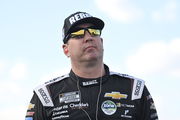
Dale Jr.’s Media Empire Targeted as YouTuber’s Unjust Attack Sparks Fan Outrage

‘RIP’: NASCAR World Crumbles in Tears as 39-YO Former JR Motorsports Driver Passes Away
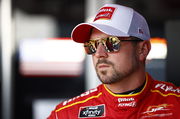
Carson Hocevar Takes a Sly Dig at NASCAR’s Data-Driven Gimmicks in Honest Dirt Track Rant
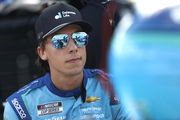
Kevin Harvick Son Keelan Silences Critics With Masterclass Comeback to Hunt Down Rivals in Biggest Career Win
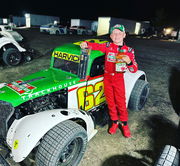
Another Penske driver is in the top 20, but how
Midway through the Cook Out Southern 500, a chain reaction off Turn 4 sent reigning champion Ryan Blaney spinning, underscoring the razor-edge racing at Darlington. As detailed in NASCAR’s official highlights, Blaney checked up to dodge contact with Kyle Busch, who had gotten loose ahead, but Austin Dillon rear-ended him, triggering the spin that collected no others but dropped Blaney deep in the field.
This incident, occurring in Lap 209, forced the No. 12 Penske Ford to pit for repairs, ultimately relegating him to an 18th-place finish despite starting strong in 12th. Kyle Busch‘s initial slide stemmed from aggressive racing in a three-wide battle, setting off the sequence that left Blaney paying the price without fault, a common theme in pack racing at the 1.366-mile oval.
ADVERTISEMENT
For Team Penske, the contrast was stark. While Cindric advanced positions late, Blaney’s recovery was limited, finishing just inside the top 20 (18th) and slipping to seventh in the playoff standings with a +22 buffer. NASCAR’s video breakdown emphasizes how such incidents can reshape races, with Austin Dillon receiving no penalty, but the event serves as a reminder of the track’s “Too Tough to Tame” moniker.
Blaney, ever the competitor, bounced back in spirit, telling reporters, “There’s less room to work, so I think that’s what makes that place so difficult, and the two ends being vastly different is definitely a challenge.” This resilience mirrors the team’s depth, but it also spotlights the fine line between triumph and turmoil in playoff pressure.
ADVERTISEMENT
ADVERTISEMENT
ADVERTISEMENT

